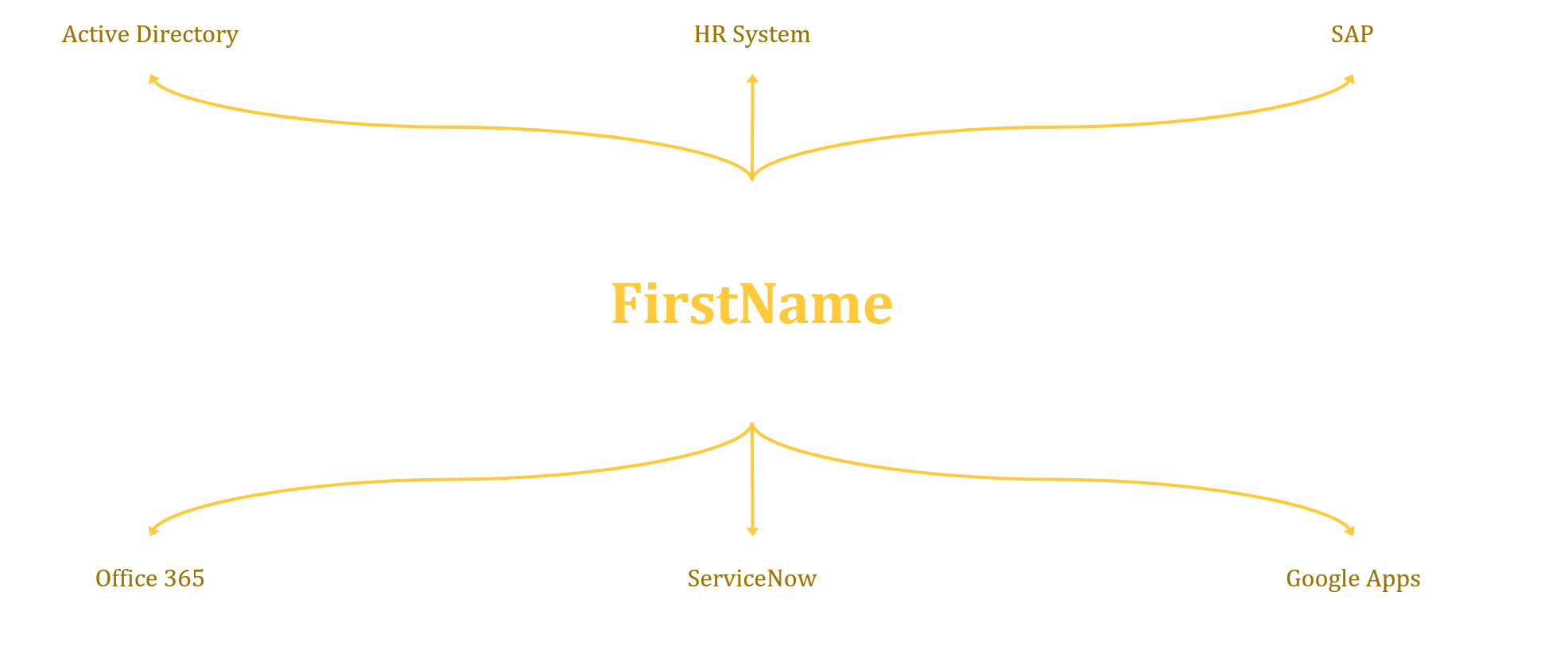The Vault!

The vault or more precisely the “Identity Vault” is a single pane view of all the collated data of your users, from the various data source repositories. This sounds like a lot of jargon but it’s quite simple really.
In the diagram below we look at a really simple attribute firstName (givenName within AD) 
As you will see at the centre is the attribute, and branching off this is all the Connected Systems, i.e. Active Directory.… [Keep reading] “The Vault!”

 In this post I will talk about data (aka the source)! In IAM there’s really one simple concept that is often misunderstood or ignored. The data going out of any IAM solution is only as good as the data going in. This may seem simple enough but if not enough attention is paid to the data source and data quality then the results are going to be unfavourable at best and catastrophic at worst.
In this post I will talk about data (aka the source)! In IAM there’s really one simple concept that is often misunderstood or ignored. The data going out of any IAM solution is only as good as the data going in. This may seem simple enough but if not enough attention is paid to the data source and data quality then the results are going to be unfavourable at best and catastrophic at worst.